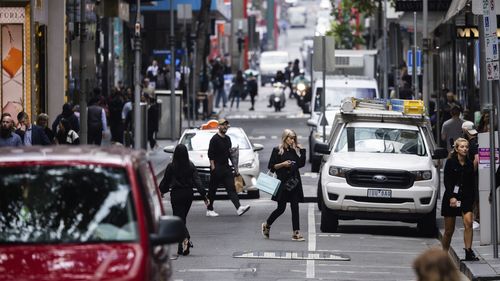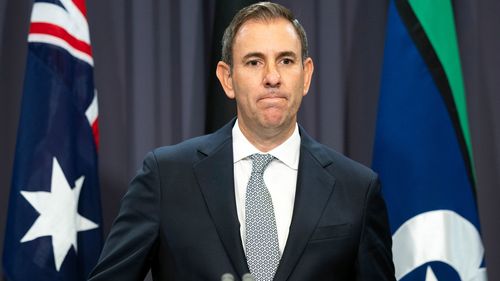“Slow growth is still significant growth given the challenging global conditions combined with the impact of higher interest rates,” he said.

“We need to remember that towards the end of the year, Japan and the UK both went into recession.
“Around a quarter of G20 economies have recorded a technical recession or narrowly avoided one.
“And it was only yesterday that the Chinese authorities said they expect softer growth to continue there as well.
“Today’s number shows that we are not immune from the global economic uncertainty but our economy continues to grow despite all of these pressures.”
Annual GDP increase reached 1.5 per cent, but population growth meant per-capita GDP fell by 1 per cent over the last 12 months.
“Growth was steady in December, but slowed across each quarter in 2023,” ABS head of national accounts Katherine Keenan said.
“Government spending and private business investment were the main drivers of GDP growth this quarter.”
In what Chalmers said was “one of the encouraging elements”, households increased their saving rate in the quarter, holding onto 3.2 per cent of their income, up from 1.9 per cent, as wages and government assistance payments increased and discretionary spending fell.
Overall, the figures paint the picture of Australians still struggling after a string of interest rate rises and months of increasing inflation.

Interest payments on mortgages continue to be a significant cost of living pressure, rising 5 per cent for the quarter despite only the one rate hike by the Reserve Bank as homeowners rolled over from fixed to variable rates.
Household spending rose marginally by 0.1 per cent, with spending on pubs, clubs and catering falling as people increasingly opted to stay at home instead of eating out.
“Households upped their spending on essential items like electricity, rent, food and health,” Keenan said.
“Meanwhile they wound back spending in discretionary areas including hotels, cafes and restaurants, cigarettes and tobacco, new vehicle purchases and clothing and footwear.”






